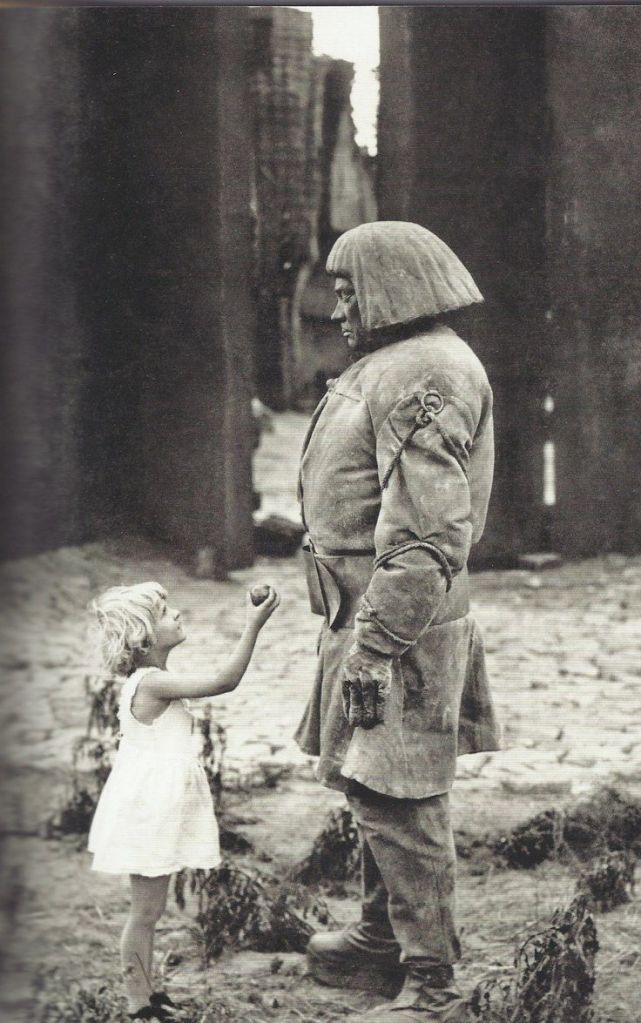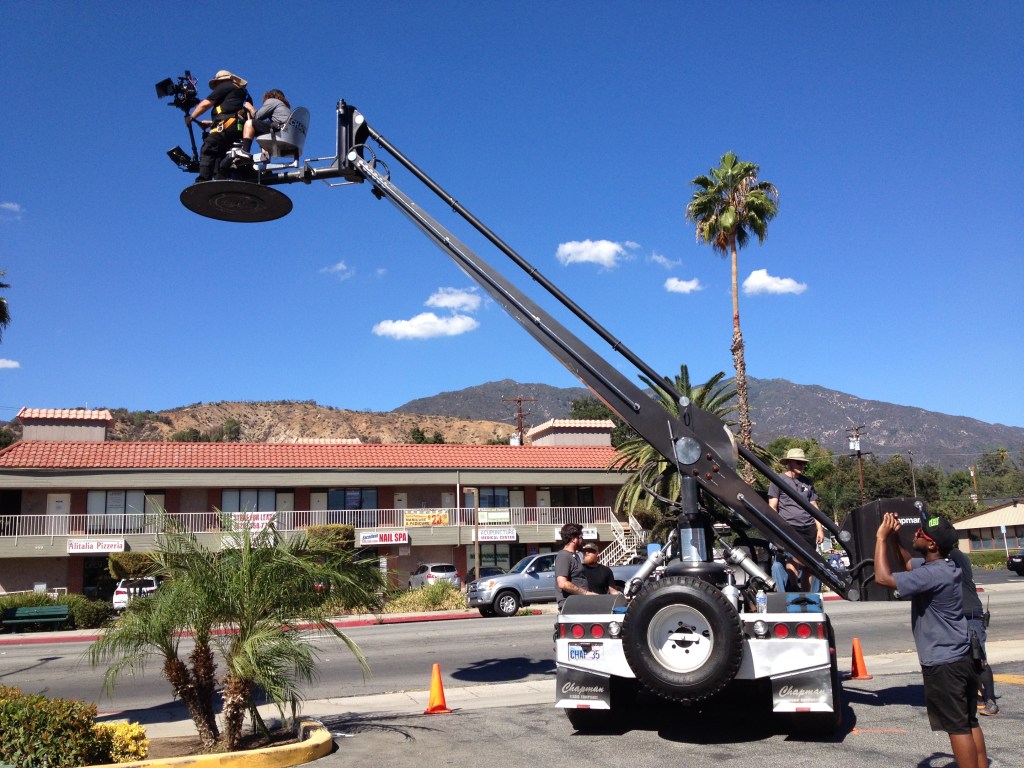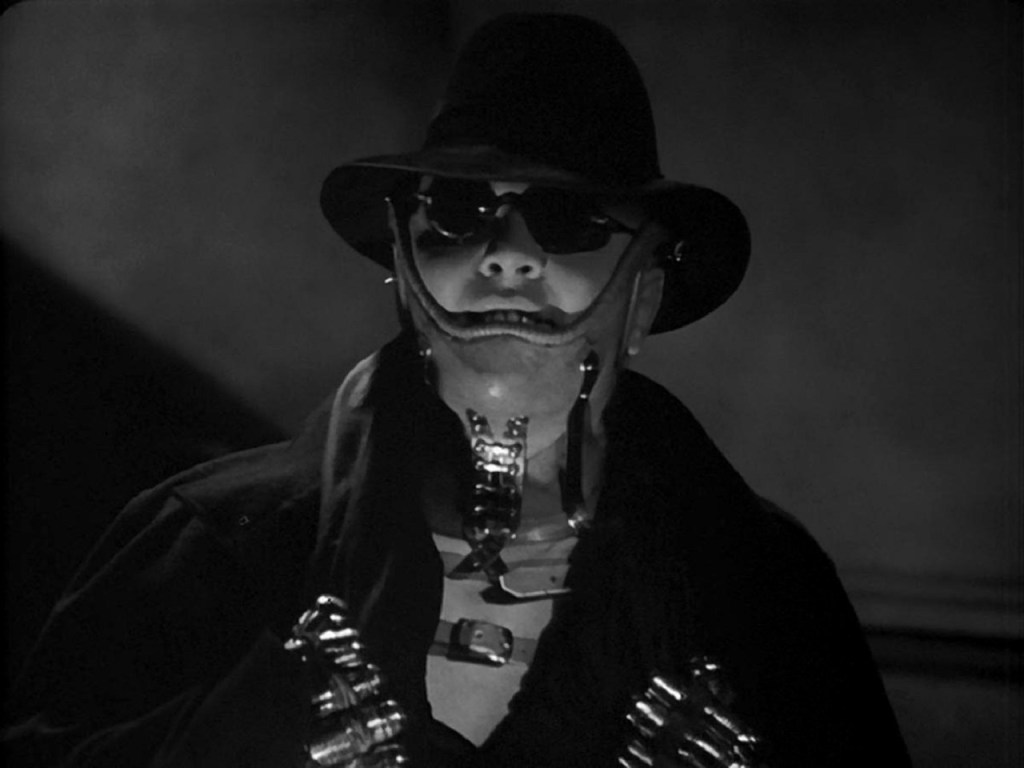Topics
Karl Freund: Mover and Shaker of the Camera


Karl Freund was a cinematographer and film director who worked both in Europe and in Hollywood and not only made some influential films but also made an influential and everlasting impact on the way that films are made.
Freund was born in the Bohemian region of pre-Czechoslovakia Austria-Hungary in 1890 and by 1905 he was hired as an apprentice projectionist at the age of 15, working for pioneer German silent filmmaker Alfred Duskes. Freund later worked as a newsreel cameraman and then as a cinematographer on many films, including some German expressionist films like Paul Wegener’s The Golem (1920), F.W. Murnau’s The Last Laugh (1924), E.A. Dupont’s Variety (1925) and Fritz Lang’s sci-fi film Metropolis (1927).



Freund always experimented with a variety of methods for capturing images on screen in new aspects, which was very much en vogue with the pioneer spirit of the expressionist movement at that moment in German history.
One example of this experimentation was on the film The Last Laugh, in which the camera was able to move around the set free of the tripod and capture scenes in never-before-seen ways. Freund was even the first cinematographer to popularize the idea of attaching a camera to a crane. So you can thank Freund for the common crane shot as well as helping the language of cinema evolve into something more dramatic.



Freund immigrated to the United States in 1929 and shot American films. Including classics with big stars like Tod Browning’s Dracula (1931) starring Bela Lugosi, George Cukor’s romantic drama Camille (1936) starring Greta Garbo and Sidney Franklin’s The Good Earth (1937) starring Paul Muni. The Good Earth is one of those films where White people play Asian people so it’s hard to enjoy now, but it got some technical praise. It was a Best Picture Academy Award nominee and it actually won Freund his first Oscar for Best Cinematography.
Freund occasionally directed films too. He was given a lot of responsibility on the set of Dracula by Tod Browning and a year later, Universal let Freund direct The Mummy (1932) which starred Boris Karloff in the title role and just like Dracula is one of the most famous Universal Monster films. Freund directed a few more films for Universal but none were as memorable. His last and second-most famous directorial effort was MGM’s body horror film Mad Love (1935) starring Peter Lorre.



Freund worked as a cinematographer for MGM for about a decade starting in the late 1930s, but his most well-known film following his Oscar win came after he left MGM to join Warner Bros. in 1947 to shoot John Huston’s film noir drama Key Largo (1948) starring Humphrey Bogart, Edward G. Robinson and Lauren Bacall (that’s a film noir triple threat!) and Freund would continue working for WB until 1950.

By the fifties Freund had already left a huge mark on the entertainment industry but he was not done. Desi Arnaz persuaded Freund to work for Desilu as the cinematographer for the television sitcom I Love Lucy in 1951. Even the medium of television was heavily influenced by Freund because on I Love Lucy, Freund designed the “flat lighting” system, which lit the whole set and allowed greater ease for multi-camera shoots, a technical innovation that set the shooting standard for the multi-camera TV sitcom shot in front of a studio audience. I Love Lucy is widely regarded as the most beloved and most historically significant sitcom in TV history and Freund would work on other television productions for Desilu following its success, but he finally retired for good in 1960.

Karl Freund is not a household name but his impact can be felt in nearly all modern film and television. And if this all wasn’t impressive enough, his influence goes beyond the world of entertainment. Freund continued working to perfect motion picture photography by founding the Photo Research Corporation in 1941, and his groundbreaking improvement of on-camera light detection is something that even astronauts have found helpful. So if someone ever asks you what Dracula, Lucille Ball and an astronaut have in common, now you can answer them.








